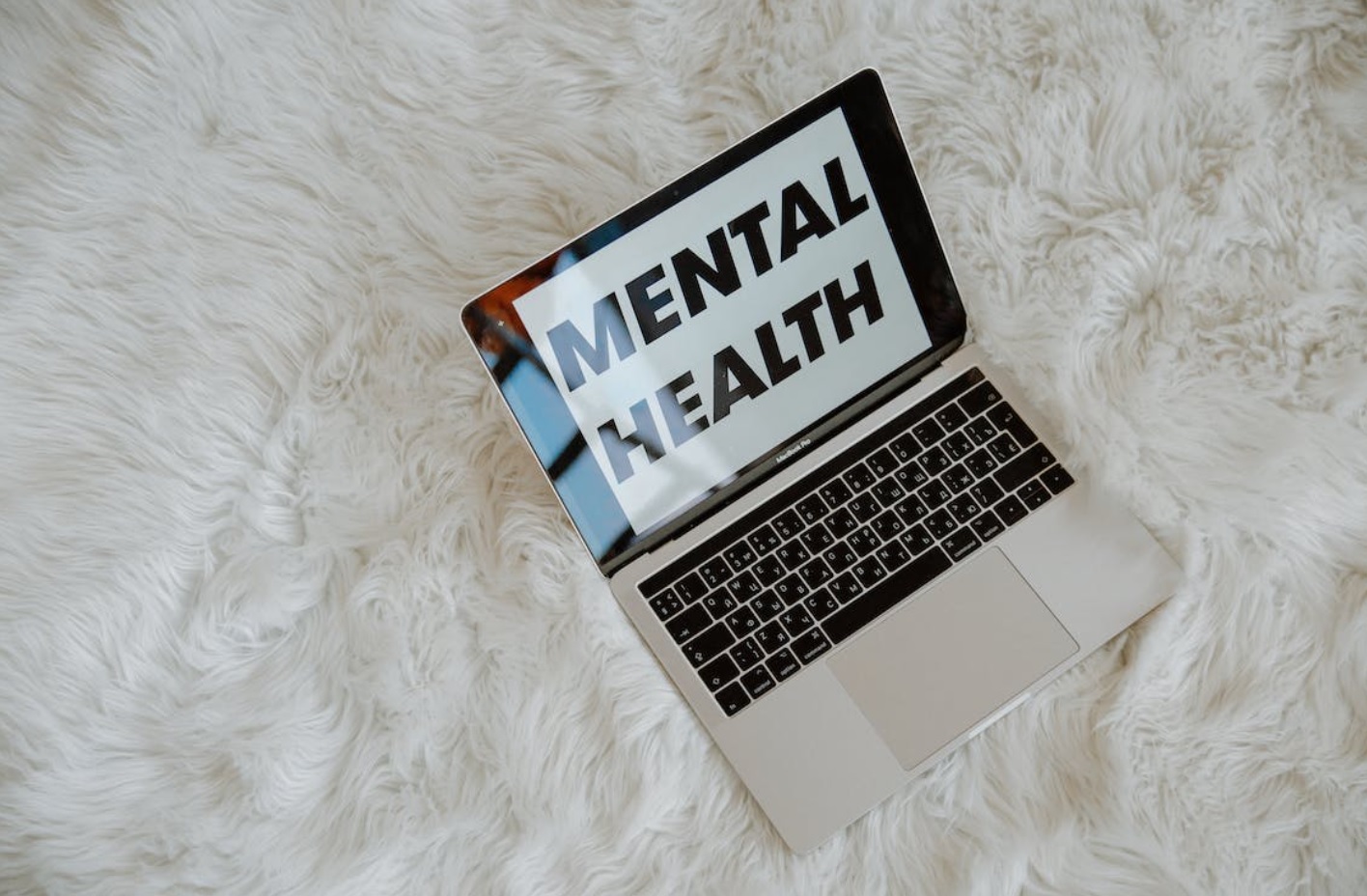Medications play a crucial role in the management or treatment plan of people suffering from mental illnesses like bipolar disorder, psychosis, anxiety, severe depression, and schizophrenia. Sometimes, these medications are used together with other treatment approaches like brain stimulation therapy and psychotherapy.
However, the most important thing is to understand that medications for mental health tend to affect people in different ways. Not to forget that it may take several tries to determine the most effective medication for each individual. For those reasons, it’s good to know the different types of medications for mental health available when developing a treatment plan for a mental health patient.
This post contains some of the most popular types of medications used by mental health professionals and health care providers to treat mental health disorders.
Common types of medications for mental health
According to a 2018 study conducted by the SAMHSA (Substance Abuse & Mental Health Services Administration), more than 47 million adults reported a mental health condition. This is equivalent to 20% of adults in the USA, with more than 10 million people suffering from serious mental illness.
On the bright side, psychiatric medications, sometimes known as psychotherapeutic medications have helped to improve the lives of people with mental health conditions. These medications can be classified into various categories such as;
Mood stabilizers
As the name implies, mood stabilizers are used to eliminate or reduce the severity of mood changes and related symptoms in both directions (high & low moods). As a result, they’re commonly used to treat bipolar disorder as it involves alternating episodes of depression and mania. In addition, mood stabilizers are sometimes used with antidepressants to treat depression that is not adequately treated with antidepressants alone or that lasts for a long time. Mood stabilizers also treat other conditions like impulse control disorder, schizoaffective disorder, and some mental illnesses in kids.
A good example of an effective mood stabilizer is Lithium. The FDA approved Lithium as the 1st mood stabilizer in the 1970S for maintenance treatment of bipolar disorder and treatment of mania episodes. In addition, some studies suggest that lithium might help reduce the risk of suicidal tendencies among people using it for long-term maintenance.
On the downside, lithium tends to have serious side effects on the thyroid and kidney. For that, health care providers usually ask people using lithium to undergo regular blood tests to monitor their lithium levels and kidney & thyroid function. Other side effects of mood stabilizers are; drowsiness, stomach problems, lack of coordination, dizziness, blurred vision, dizziness, and weight gain.

Some anticonvulsant medications can also be used as mood stabilizers. Although they were initially developed to treat seizures, they were found to have mood stabilizing effects. Valproic acid (divalproex sodium/ Depakote) is a good example of an anticonvulsant that is commonly used as a mood stabilizer. It may even work better than lithium for some people, such as those suffering from rapid-cycling bipolar disorder or mixed symptoms of depression and mania. Just like Lithium, health care providers ask people taking anticonvulsants to undergo regular tests to evaluate side effects and check medication levels.
Antidepressants
Today, antidepressants are the most commonly prescribed type of medication for mental health in the USA, seeing that over 10% of Americans take them. Plus, it’s the 2nd most commonly prescribed medication in the country, after cholesterol-lowering medications
Antidepressants are mainly used to treat depression. However, in some instances, health care providers prescribe them to treat other health conditions like anxiety, insomnia, and pain. Also, antidepressant medications help to reduce feelings like hopelessness, suicidal thoughts, lack of energy, sadness, and lack of concentration or interest in activities.
Tricyclic antidepressants MAOIs (Monoamine Oxidase Inhibitors) are the oldest form of antidepressant medications for mental health and are effective for some people. However, mental health care professionals don’t prescribe them as often as newer antidepressants such as Bupropion, SNRIs, NDRIs, or SSRIs as they have more side effects. NDRIs is an acronym for Norepinenephrine-Dopamine Reuptake Inhibitors, while SNRIs and SSRIs stand for Serotonin-Norepinephrine Reuptake Inhibitors and Selective Serotonin Reuptake Inhibitors respectively.
Antidepressants usually take about 4 – 8 weeks to work. Therefore, it’s important to follow the health care professional’s directions and take these medications for the recommended amount of time to determine whether they work.
In addition, antidepressants are associated with symptoms like loss of appetite, concentration, energy, and sleep. Other possible side effects of antidepressants such as SSRIs are sexual dysfunction, headache, dry mouth, drowsiness, or upset stomach. Most of these side effects are mild, but they improve over time. However, those who are sensitive to these side effects should start with a low dose and gradually increase their daily dose as time goes by. On the other hand, depressed people who are resistant to treatment or experience relief from antidepressants alone are prescribed to take esketamine together with antidepressants. Esketamine is a newer FDA-approved medication derived from the drug ketamine. It works on different brain chemical receptors to relieve symptoms of depression within a few hours as it’s administered as a nasal spray.
Antipsychotic medications
Antipsychotics are commonly used to treat psychotic disorders and are either available in pill form or injectable form that lasts for about 3 – 6 weeks. Psychosis refers to a mental state that affects how our brains process information. As a result, one loses touch with reality and experiences hallucinations, derealization, depersonalization, and delusions. This can be a symptom of various mental health issues like bipolar disorder, schizophrenia or depression. Also, mental health care providers can prescribe antipsychotics in combination with other drugs to relieve symptoms associated with other conditions like dementia, ADHD, post-traumatic stress disorder, and delirium.
It’s also worth noting that antipsychotic treatment for older adults requires extra care and attention. According to the FDA, all antipsychotic drug labels should include a black-box warning indicating that they’re associated with increased chances of death and stroke in older adults suffering from dementia.
The 1st-generation of antipsychotics, also known as neuroleptics or typical antipsychotics, was developed in the 1900s. In contrast, the recently developed antipsychotic drugs are referred to as 2nd-generation or ‘atypical’ antipsychotics.
Both types of antipsychotic drugs are commonly prescribed together. However, they’re used to treat different mental health conditions and induce various side effects. For instance, typical antipsychotics like Haloperidol or Chlorpromazine can cause movement disorders that involve uncontrollable muscle tics like tardive dyskinesia (TD). On the other hand, atypical antipsychotics like Olanzapine and Risperidone are more likely to cause weight gain, which might lead to other health complications. Other than that, the study suggests that both types of antipsychotics equally treat symptoms of acute manic phases and schizophrenia.

Psychostimulants (stimulants)
Mental Health care professionals prescribe psychostimulants medications when treating narcolepsy and ADHD (Attention-Deficit/ Hyperactivity Disorder). These medications increase attention, energy, and alertness. At the same time, they can lead to increased blood pressure, breathing rate, and heart rate. Stimulants that are commonly used to treat ADHD include; Vyvanse (lisdexamfetamine), Concerta/ Ritalin (methylphenidate), and Adderall (Amphetamine/ Dextroamphetamine).
In general, psychostimulant drugs help improve attention span and concentration in both adults and children as they have a calming effect. Also, they reduce impulsiveness & hyperactivity and improve one’s ability to follow directions.
As for the side effects, these medications can lead to weight loss, reduced appetite, and deprived sleep. Other less common side effects may include; stomachaches, increased blood pressure, headaches, rapid pulse, or irritability. However, these effects go away if your doctor lowers the dose or within a few weeks after completing your dose.
Anxiolytics (anti-anxiety)
Unlike antidepressants, anxiolytics or anti-anxiety medications are used to treat anxiety disorders like panic disorder or generalized anxiety disorder. They help to reduce the physical and emotional symptoms of anxiety such as rapid breathing, trembling, and extreme worry or fear. Also, they may be used to reduce insomnia and agitation.
One of the most prescribed anxiolytics by mental health care professionals is known as benzodiazepines. These medications are used to treat various mental conditions like social anxiety disorder, panic disorder, and generalized anxiety disorder. Some popular examples of benzodiazepines are; Lorazepam, Clonazepam, and Alprazolam. These drugs are fast acting as they have a relatively short half-life, making them effective in reducing symptoms of short-term anxiety.
Beta-blockers are another type of anxiolytics that can be used to manage symptoms of short-term anxiety like tremors, sweating, and rapid heart rate. However, these drugs aren’t recommended for people with diabetes or asthma as they may worsen symptoms associated with both conditions.
On the other hand, taking fast-acting anti-anxiety drugs like benzodiazepines over long periods can lead to drug dependence or tolerance. For that reason, health care professionals usually prescribe these drugs for a shorter period. At the same time, they taper them slowly to minimize the risk of experiencing renewed anxiety symptoms or withdrawal symptoms.
Buspirone is another type of anti-anxiety medication. However, unlike fast-acting anxiolytics, it’s a long-term anti-anxiety drug, meaning it’s used to treat anxiety disorders over long periods. Plus, it must be taken daily for 3 – 4 weeks to get its full effect.
Other medications used for treating depression like SNRIs and SSRIs can also be used to treat anxiety disorder. For instance, in the case of social anxiety disorder or panic disorder, health care professionals usually start with antidepressants like SSRIs as the first treatment. This is because antidepressants typically have fewer side effects compared to other types of medications for mental health.
Conclusion
Understanding the different types of medications for mental health and their potential side effects helps doctors and psychiatrists prescribe them with confidence. At the same time, this information helps people with mental conditions engage in an informed discussion with their doctor about what might or might not work for them. Besides, we are all unique, such that a mental health medication that works well for one person may not work for another. Plus, the required dosage and duration of taking mental health medications vary from one person to another.
Note, the different types of medications for mental health do not cure mental illnesses. Instead, they reduce the symptoms of mental conditions, thus improving the state of your mental health. For that, mental health drugs are commonly used as part of a comprehensive treatment program that includes other treatments like therapy and counseling to improve one’s quality of life, despite having a mental illness.
Author:
Eric Brown, Treadmill Express Plus
